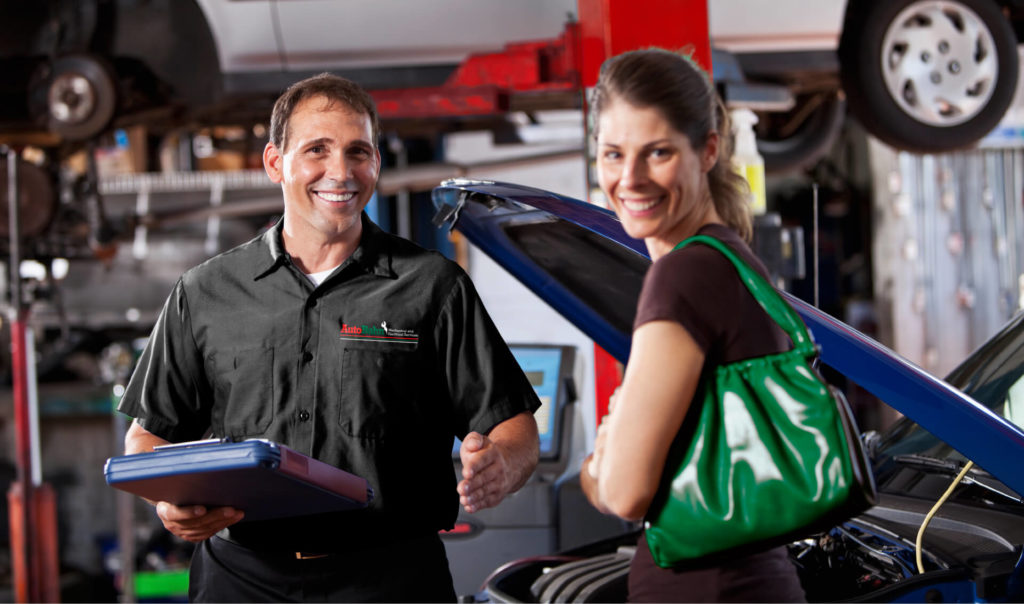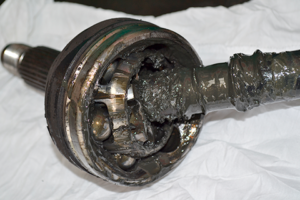
Coolant, cooling system and maintenance.
Drop into any Autobahn service centre and one of our technicians can service or repair your cars cooling system.
Autobahn recommends and uses Castrol Coolants that meet or exceed manufacturer specifications..
Constant velocity (CV) joints on cars is an important component of the vehicle’s drivetrain. CV joints are crucial components that allow the driveshaft to transmit power to the wheels while accommodating the up-and-down motion of the suspension.

Servicing and diagnosing worn constant velocity (CV) joints on cars is an important aspect of maintaining the vehicle’s drivetrain and ensuring safe and smooth operation. CV joints are crucial components that allow the driveshaft to transmit power to the wheels while accommodating the up-and-down motion of the suspension.
Here’s a guide to servicing and diagnosing worn CV joints:
Diagnosing Worn CV Joints:
Servicing and Repairing Worn CV Joints: